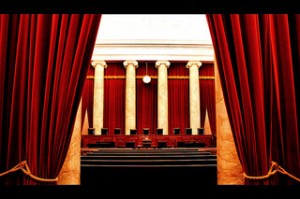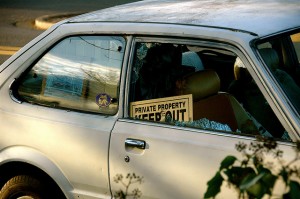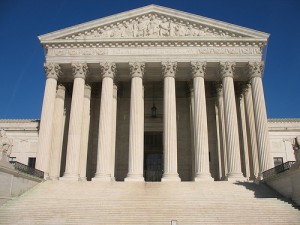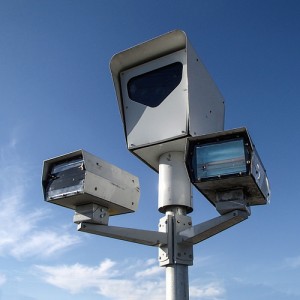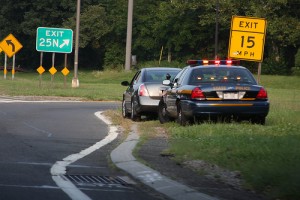Can You Hear Me Now: Supreme Court Rules Cell Phone Privacy Isn’t Dead
Posted
26 Jun 2014 in Case Notes
Supreme Court watchers love technology cases.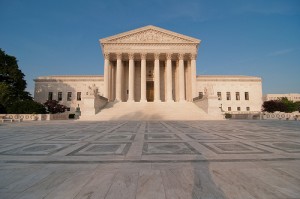 Technology is for the young, so the cliché goes, and the youngest Justices are middle age. Court watchers speculate, will the Justices even understand the technology they are ruling? Justice Robert’s 28-page opinion in Riley v. California, discussing encryption, apps, and cloud computing, reads like a primer on how cell phones work. The Court held unanimously that generally police must first obtain a warrant before searching an arrested person’s cellphone.
Technology is for the young, so the cliché goes, and the youngest Justices are middle age. Court watchers speculate, will the Justices even understand the technology they are ruling? Justice Robert’s 28-page opinion in Riley v. California, discussing encryption, apps, and cloud computing, reads like a primer on how cell phones work. The Court held unanimously that generally police must first obtain a warrant before searching an arrested person’s cellphone.






